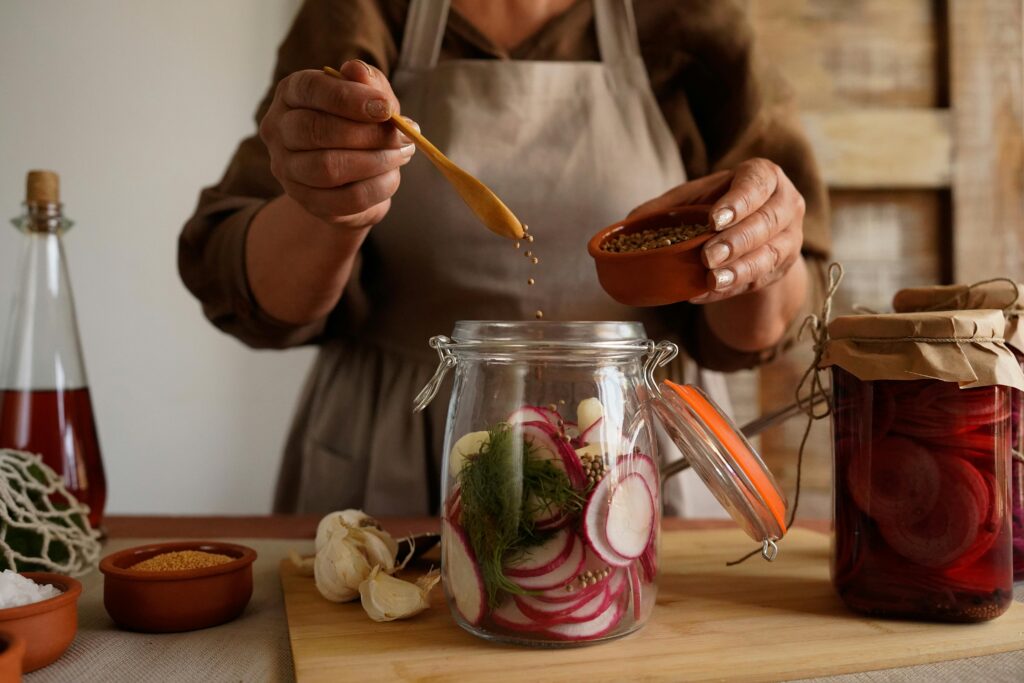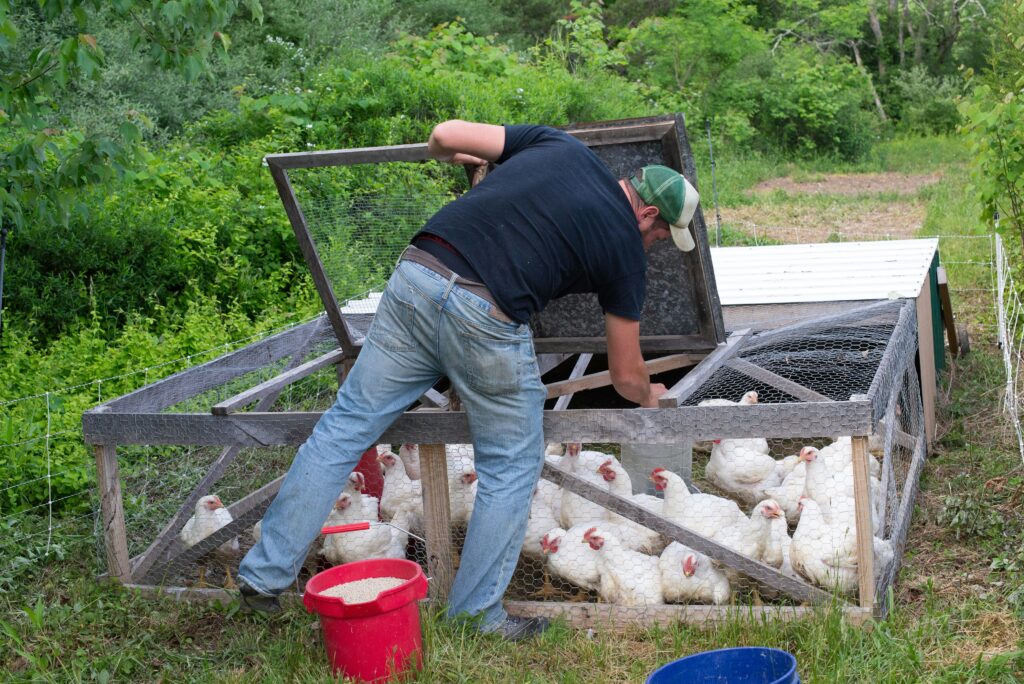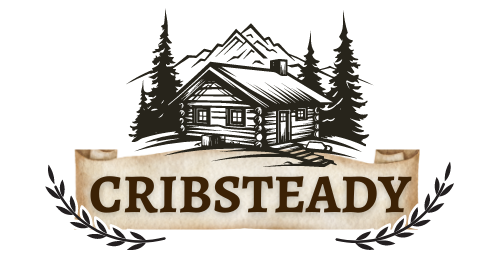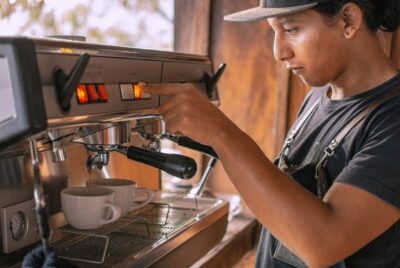How to Start a Homesteading Lifestyle Today
We may earn a commission for purchases made using our links. Please see our disclosure to learn more.
Embracing a self-sufficient lifestyle is amazing but can be overwhelming at first. Imagine growing your own food, raising chickens or hogs, and living a simple yet fulfilling life. Actually, you don’t need acres of land or a barn full of animals to begin your journey. In fact, you can start small. Let’s walk through the steps you could take to begin your homesteading lifestyle today.
What Is the Homesteading Lifestyle?
At its heart, homesteading is about self-reliance. It’s the art of doing more for yourself and depending less on modern systems. From gardening to canning, it’s about creating a life that’s slower, more intentional, and hands-on.
Why Choose the Homesteading Lifestyle?
Ever feel like life’s moving too fast? Homesteading is a way to hit the brakes. It offers peace, purpose, and the joy of producing rather than consuming. You gain skills, connect with nature, and reduce your carbon footprint—all while saving money.
10 Essential Steps to Start a Homesteading Lifestyle Today
Step 1: Adopt the Homesteading Mindset
Homesteading starts with a mental shift—not a move to the countryside. You don’t need acres of land or a barn full of animals to begin. It’s about living intentionally, making do with what you have, and doing more for yourself. Grow herbs in your kitchen. Fix something instead of replacing it. Bake your own bread. Every small change brings you closer to a self-reliant lifestyle. Remember, homesteading is a journey, not a destination—and it starts right where you are.
Step 2: Define Your Homesteading Goals
Why are you drawn to homesteading? Is it about eating cleaner, reducing waste, or just wanting a slower pace of life? Take five minutes to jot down your top reasons. These goals will act like your personal compass, especially when you’re knee-deep in compost and wondering what you signed up for. Clear intentions help you prioritize what to learn first, where to focus your time, and how to grow sustainably—both in skills and mindset.
Step 3: Start a Budget-Friendly Plan
Don’t let cost intimidate you. Homesteading is one of the most budget-friendly lifestyles if you approach it wisely. Instead of buying every shiny tool, get creative. Repurpose containers for planting. Trade seeds with neighbors. Watch free tutorials instead of buying expensive courses. Many homesteaders pride themselves on “making do,” and there’s something empowering about finding solutions without spending a dime. The less you depend on consumerism, the more self-sufficient you become.
Step 4: Grow Your Own Food (Even Just a Little)
Even a single pot of herbs on your windowsill counts as homesteading. The goal isn’t to become instantly food-independent—it’s to start learning. Choose low-effort plants like lettuce, radishes, or cherry tomatoes. As you get the hang of watering schedules, sunlight needs, and soil health, you can expand to larger containers or a backyard garden. Watching something grow that you’ve nurtured from seed is pure magic—it’s like printing food with sunlight and patience.
Step 5: Learn Composting Basics
Throwing away kitchen scraps is like tossing gold in the trash. Composting turns food waste into rich soil that boosts your garden and cuts down on landfill clutter. Start small: a countertop bin, a DIY bucket, or a backyard pile. You don’t need fancy gear—just greens (like veggie scraps) and browns (like paper or dry leaves). Over time, you’ll create dark, crumbly compost your plants will thank you for.
Step 6: Cook from Scratch
This might be the most underrated homesteading skill. When you cook from raw ingredients, you reclaim control over your health, money, and food quality. Plus, scratch cooking connects you to your meals in a way takeout never will. Start with basics: bake your own bread, make soups, or try fermenting something simple like yogurt. It doesn’t have to be fancy—just real. You’ll not only eat better but also feel deeply satisfied knowing you made it yourself.
Step 7: Try Food Preservation
You’ve grown it—now save it! Canning, freezing, and drying help stretch your harvest across the seasons. Even if you don’t grow much yet, you can still buy produce in bulk and preserve it. For example, stock up on tomatoes when they’re cheap and can them for winter sauces. Not only will you save money, but you’ll also build a pantry full of meals you trust. It’s like your own grocery store—built with love.
Step 8: Learn Basic DIY & Natural Skills
Homesteading is a skill-building lifestyle. You don’t need to become a master carpenter overnight, but learning basic repairs, sewing, or herbal wellness can go a long way. Fix that leaky faucet. Patch up worn jeans. Or try something calming and useful like creating homemade herbal remedies. These aren’t just hobbies—they’re empowering skills that support your independence and reduce reliance on modern systems.

Step 9: Connect with the Community
Homesteading may feel like a solo mission, but it thrives on community. Join a local gardening club, follow homesteading groups online, or attend a seed swap. You’ll gain tips, encouragement, and real solutions to everyday problems. Need help diagnosing a sick plant? Someone’s been there. Want to trade eggs for zucchini? You’ve got a new friend. Homesteading is less lonely—and more rewarding—when you share the journey.
Step 10: Be Patient and Keep Learning
Let’s be real—you’re going to mess up. Plants will die. Bread will burn. But that’s part of the beauty. Homesteading teaches resilience through every setback. Keep a simple journal to track what worked (and what didn’t). Reflect on your growth season to season. Celebrate every small win. This is a lifestyle, not a weekend project, and every day you try is another step closer to the peaceful, practical life you’re building.
The Health and Sustainability Benefits of Homesteading
Adopting a homesteading lifestyle isn’t just about growing your own food—it’s also a powerful way to boost your health and reduce your ecological footprint. According to research on the benefits of homesteading, individuals who engage in self-sufficient living tend to experience lower stress, improved nutrition, and better overall well-being. These lifestyle shifts often come hand-in-hand with reduced reliance on processed goods and a more intentional relationship with nature. Additionally, the rise of urban homesteading practices shows how even city dwellers can enjoy the benefits of sustainable living by gardening, canning, and even keeping small livestock in compact spaces. Together, these findings highlight how homesteading supports both personal wellness and environmental responsibility.

Recommended Products to Kickstart Your Homesteading Lifestyle
Starting your homesteading journey is easier with the right tools and supplies. Here’s a list of beginner-friendly, practical items to help you grow, cook, and live more sustainably:
- Countertop Compost Bin – Perfect for collecting food scraps before transferring them to your main compost pile or bin. Compact and odor-free options are great for small spaces.
- Seed Starter Kit – A beginner seed kit with a variety of non-GMO vegetables like tomatoes, carrots, and lettuce to help you grow your own food right away.
- Canning Starter Set – Includes jars, lids, funnel, jar lifter, and more—everything you need to start preserving your harvest at home.
- Backyard Chicken Coop (Starter Size) – Ideal for housing a small flock of hens if you’re ready to start collecting your own fresh eggs.
- Homesteading Skill Book – A practical guide with tips on gardening, food preservation, animal care, and DIY projects to deepen your knowledge as you go.
Final Thoughts
There’s no “right” way to homestead. Whether you’re on a city balcony or a rural acre, your homestead is as unique as you are. Start small, keep learning, and stay curious. The lifestyle you crave is within reach—just take the first step.
FAQs
1. Do I need to live on a farm to start homesteading?
Not at all! You can start right in your apartment with container gardening, composting, and homemade cooking. It’s a mindset, not a location.
2. Is homesteading expensive to begin?
It doesn’t have to be. Start with what you already have. Reuse, repurpose, and grow gradually. The goal is self-reliance, not perfection.
3. Ducks and rabbits are also good choices for beginners.
Chickens are a great starting point. They’re low-maintenance, provide eggs, and are fun to watch. Ducks and rabbits make great starter animals for beginners.
4. Can I still work a full-time job and homestead?
Absolutely. Many people homestead part-time. Start with manageable tasks like weekend gardening or weekly food prep. It’s about integrating—not overwhelming—your life.
5. How do I learn homesteading skills?
Books, videos, and community groups are goldmines of information. You don’t need to know everything at once—just be willing to learn as you go.


